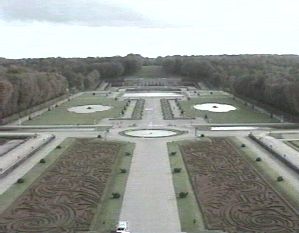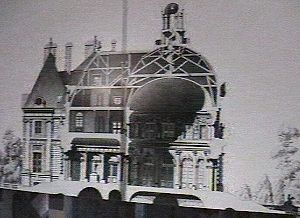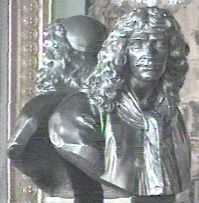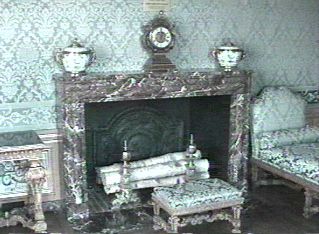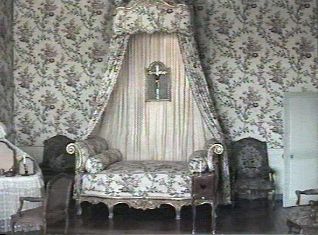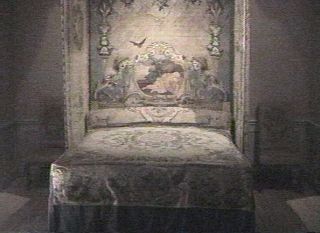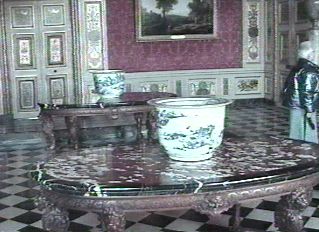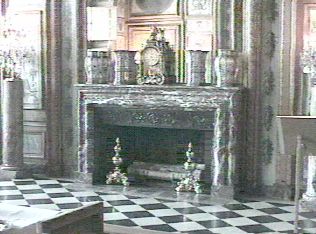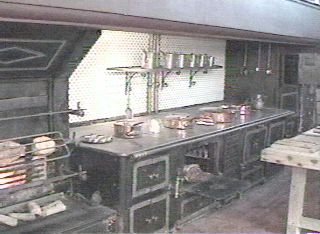Vaux Le Vicomte
Back when Louis XIV was new to being a king, his finance minister,
Nicolas Fouquet, decided to build 'a small testimony to the heights'
he had attained as an individual--a new house. To build the house
he engaged an architect (Louis LeVau), a gardener (Andre LeNotre),
and an interior designer (Charles LeBrun) who would combine to
influence all the great homes in France and Europe. The home this
team created is called Vaux LeVicomte and is located approximately
15 minutes from our home in Avon.
This home was innovative for the time. As you approach the
home and then walk around back, an incredible garden opens out
before you. This was the first Formal French Garden and helped
to set the standard for most formal gardens in France and through
most of Europe. What is also striking about this home is the way
the house and the garden work together to make a beautiful scene.
Here's some pictures of the house and gardens.
A beautiful outside deserves a beautiful inside and the architect
and interior decorator combined to produce a wonder. The home
is built of brick and stone with wood structure to support the
ceiling. This was a home designed for entertaining and each room
is filled with paintings, sculpture, and other beautiful objects.
Some say that this is also the first home to have a formal room
dedicated only to eating. Apparently it was more typical to eat
where ever you and your guests found yourself. This home changed
that by having a large room used just for eating. The first dining
room.
But all is not perfect in the story of this home. To introduce
his new home to the royalty of France, Fouqet threw a large house
warming party and invited Louis XIV and the court. The King had
already decided that he did not like Fouqet (the King thought
he was a threat) and this show of incredible wealth was the last
straw. The king accussed him of stealing the money from the Treasury
and had him imprisoned--where he eventually died.
The king then hired the three people responsible for the design
of the house and gardens and had them improve his palace at Versailles.
They, in turn, made it the greatest palace in Europe.



